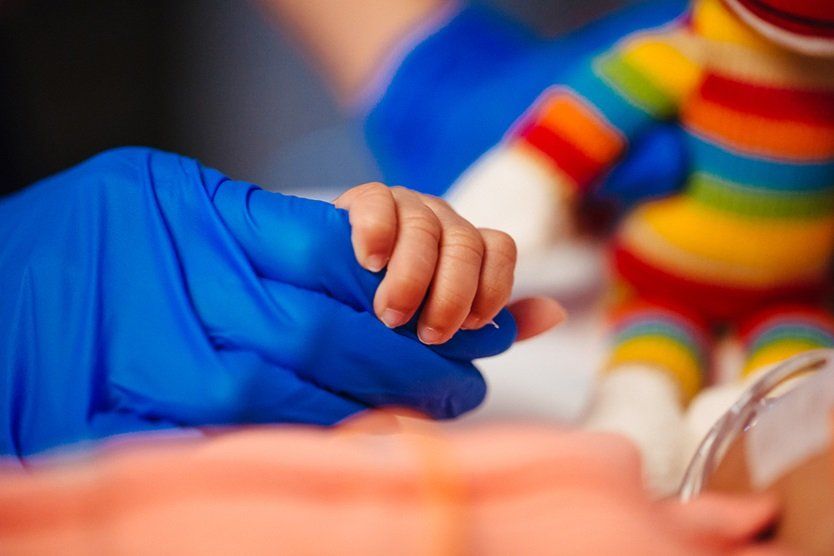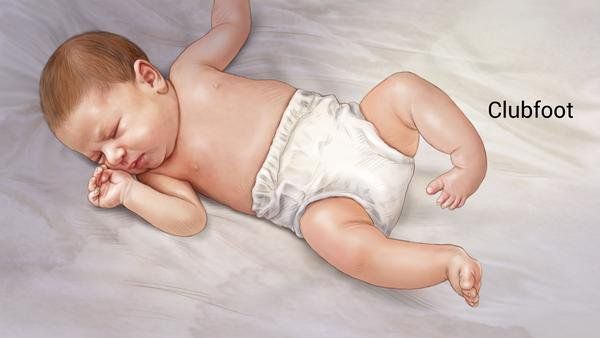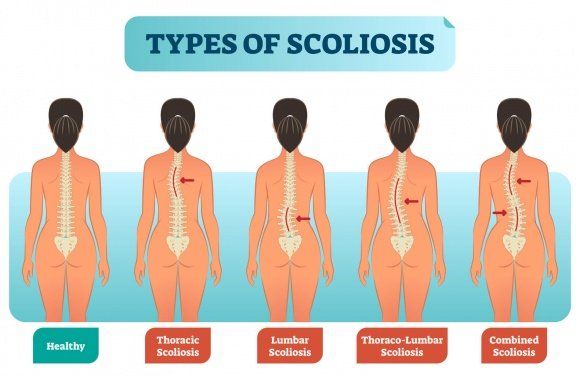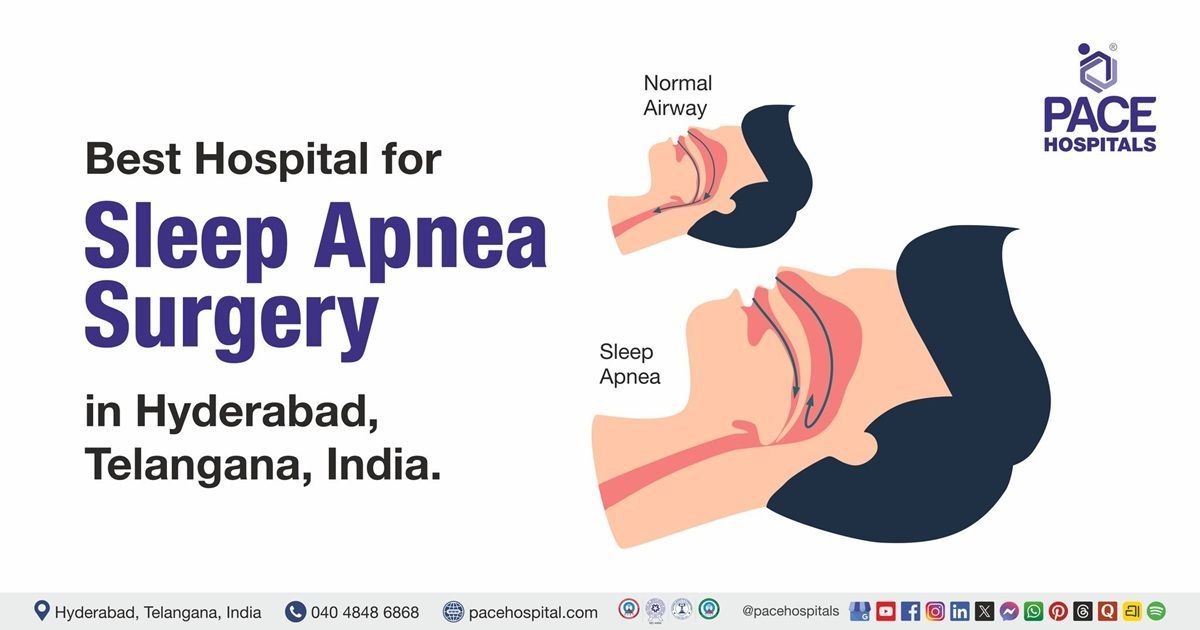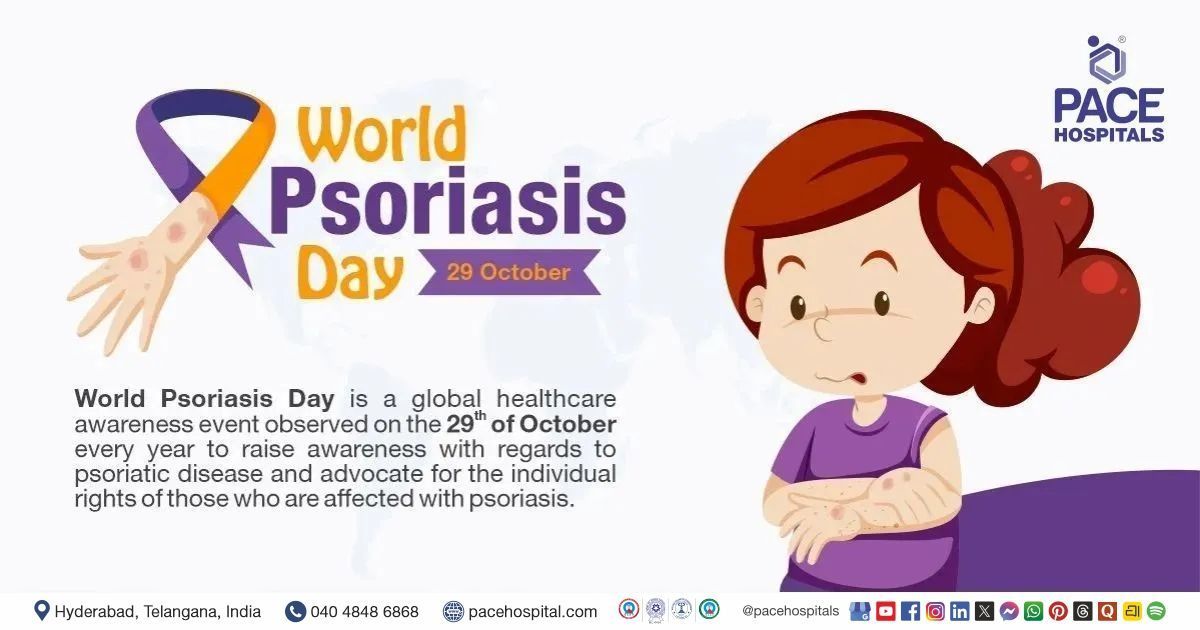Handle with Care – Early Identification of Neonatal Orthopaedic Disorders
Pediatric orthopaedic injuries and neonatal examination of a new born child is very important. Many disorders can be treated easily, and lifelong disability can be avoided with early diagnosis and management.

The broad array of diagnosis ranges from subtle deformities to complex deformities which are part of a syndrome. The edge with orthopaedic examination is many internal defects of a syndrome can be diagnosed visually as Orthopaedics framework helps in easy diagnosis the moment you see the newborn.
Club foot
A new born or a neonate presenting with deformed foot which looks like a hockey club is an early sign of clubfoot. Other deformities could be congenital vertical talus, metatarsus adductus.
Developmental dysplasia of hip
It’s difficult to diagnose a bilateralddh at birth. A neonatal orthopaedic examination is must. In case of a unilateral ddhit’s easy to diagnose as we have limb length discrepancy. Early diagnosis and containment of head of femur is aim of any modality of treatment. Applying a harness, the moment diagnosis is confirmed is important.
Birth Brachial Plexus Palsy
Injuries during birth due to a crowded pelvis can cause injury to collar bone or stretching of shoulder and neck leading to injury to cables that supply nerves to upper limb. Decreased movement of one limb compared to other is a clue in diagnosis.
Cerebral Palsy
Intrauterine injury to motor representation area of brain leads to cerebral palsy where there is a lack of coordination among muscles of limbs causing spasticity and leading to impaired movement.
Scoliosis of Spine
Examination of spine the very basic and important part of neonatal orthopaedic examination. deformities of the spine are mostly associated with other deformities and part of a syndrome. So early examination and diagnosis are of crucial significance.
Osteogenesis imperfecta
Fragile or brittle bone disease that occurs due to collagen malformation. Fractures occur even during the handling of kids. Osteogenesis imperfecta may be associated with blue eyes and hearing deafness. So always multidepartment coordination and proper neonatal examination is a must.
Ray deficiency
Deficient fingers of hand specially thumb and deficient bones of forearm. The diagnosis may be a radial or ulnar club hand. This again is usually bilateral and may be unilateral so comparing both limbs could aid in diagnosis.it is often associated with multiple abnormalities and syndromes.
Syndactyly and polydactyly
Deformities of hand that cause a fusion of all fingers and toes leading to duck like toes. And may be a part of syndrome.
-----------------------
Dr. Ravitheja Jampani
MBBS (OSM), MS Ortho (Manipal), F.A.G.E.
Orthopaedic Surgeon, Paediatric Orthopaedic Surgeon, Trauma & Joint Replacement Surgeon
Share on
Request an appointment
Fill in the appointment form or call us instantly to book a confirmed appointment with our super specialist at 04048486868

